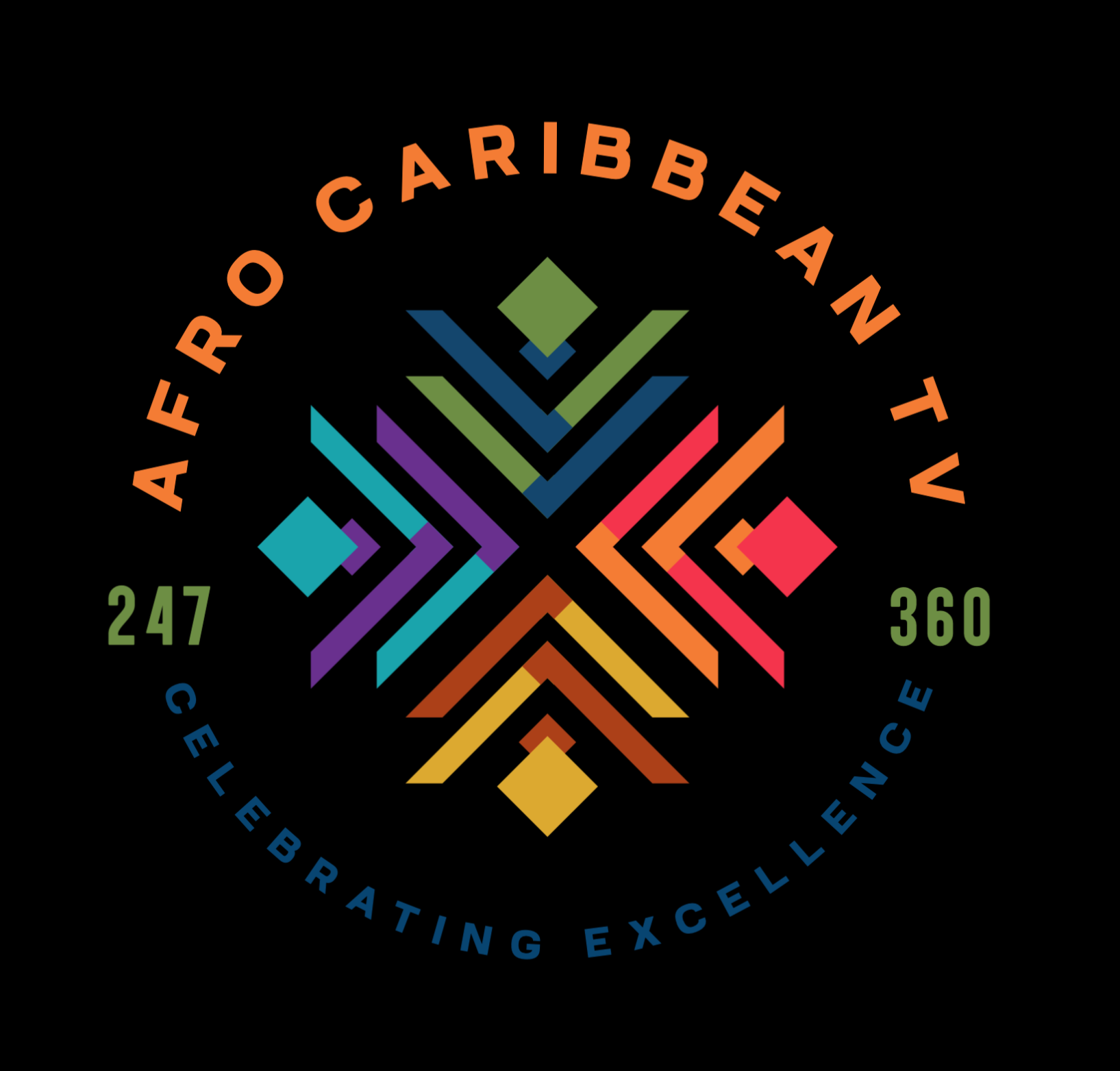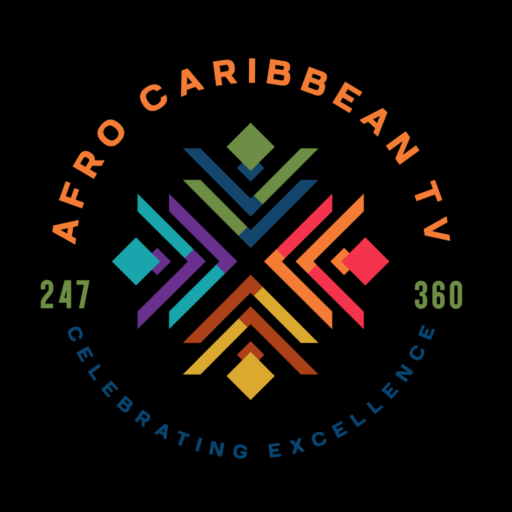The traditional cultural dress of the former Netherlands Antilles reflects a rich blend of African, European (Dutch and Spanish), and Caribbean influences. While each island has…
The former Netherlands Antilles does not have significant crude oil reserves of its own. However, Curaçao and Sint Eustatius have played strategic roles in the global…
The former Netherlands Antilles—comprising Curaçao, Bonaire, Sint Maarten, Saba, and Sint Eustatius—is not mineral-rich in the traditional sense (like gold, copper, or diamonds), but the islands…
Beauty pageants were a culturally significant part of life in the former Netherlands Antilles, especially in Curaçao and Sint Maarten, and continue to thrive today under…
The Netherlands Antilles—before its dissolution in 2010—included Curaçao, Sint Maarten, Bonaire, Saba, and Sint Eustatius. Today, these islands still share a similar labor market structure based…
The Netherlands Antilles, which existed from 1954 to 2010, was an autonomous Caribbean country within the Kingdom of the Netherlands. It had its own government and…
The cuisine of the former Netherlands Antilles—Curaçao, Bonaire, Sint Maarten, Saba, and Sint Eustatius—is a vibrant mix of Caribbean, Dutch, African, Latin American, and Indonesian influences.…
Here’s a list of the main seaports in the territories that made up the former Netherlands Antilles, now consisting of Curaçao, Sint Maarten, Bonaire, Saba, and…
The Netherlands Antilles was a former Caribbean country within the Kingdom of the Netherlands. It was dissolved in October 2010, and its territories were reorganized as…
The education system of the former Netherlands Antilles was modeled after the Dutch educational system, but adapted to the Caribbean context. Although the Netherlands Antilles was…


